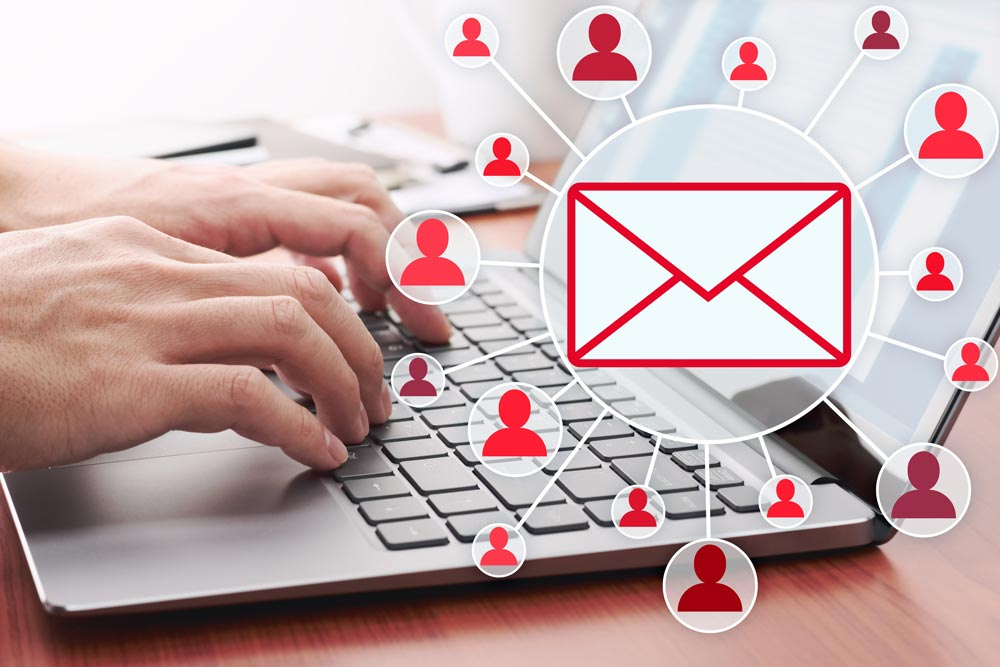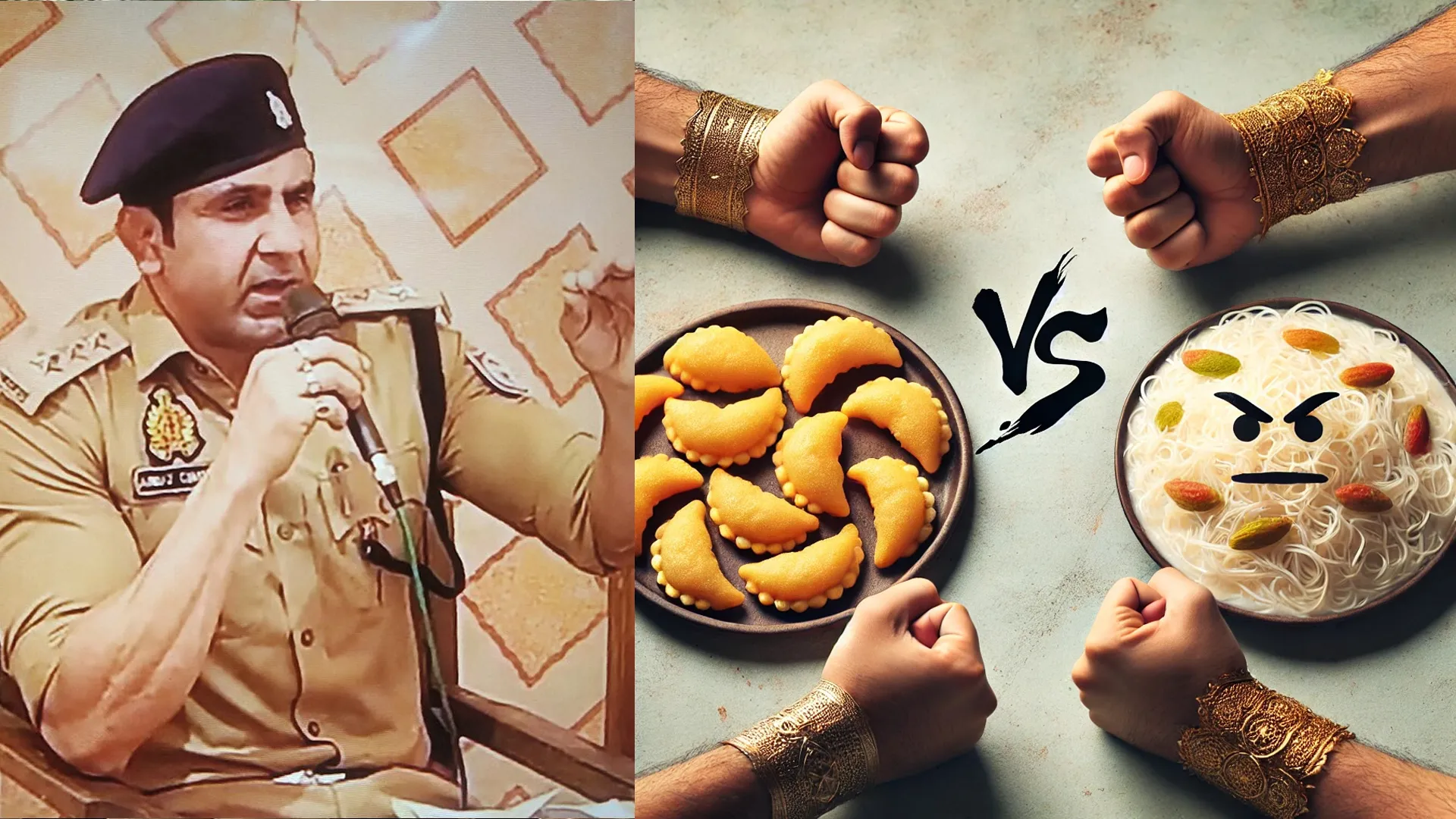Ever tried to know how direct mail and email compare in marketing? Each side has abilities in this comparison (No Doubt!).
But if you are also confused about finding out, let’s uncover the right mix to make your direct mail marketing campaign a success.
We’ll discuss tactile postcards and lightning-fast emails and show their strengths and weaknesses. So, get ready for this marketing comparison because this is all that decides your marketing needs for driving client’s traffic!
What Stats Say About Direct Mail And Email Marketing
Statistics highlight the differences between the effects of email marketing and direct mail in this age-old competition.
A recent study found an average email marketing response rate of 20%, and direct mail can have an astounding 90% open rate. This striking contrast highlights the long-lasting efficacy of direct mail in drawing in readers. It’s important to acknowledge the complexity of this discussion, though.
Direct mail carves out a niche by providing a physical, sensory experience that appeals to specific demographics, while email marketing touts cost-effectiveness and quick delivery. The argument continues, recognizing the distinct advantages that each channel offers the marketing space as companies move between the physical and digital spheres. So the main points are:
- Email response rates are about 0.12%, whereas direct mail can yield a 4.4% response rate.
- Emails are economical, but direct mail makes a more substantial impression since it is physical.
- Surprisingly, 84% of millennials check their mailboxes on a daily basis, and they seem to favor direct mail.
But we can’t decide on this at all. Here is the detailed comparison of direct vs email marketing so you can better find which one can get you better traffic.
Direct Mail and Advantages
“Sending promotional items like postcards, catalogs, or brochures directly to the mailboxes of possible buyers is an example of direct marketing. It depends on printed objects that people can hold and touch.”
Some advantages of direct mail marketing include:
- You Are Able To: Emails are digital, but direct mail is real. Four to five times more likely to remember and answer!
- Make it your own: Direct mail is more than just letters. Send postcards, catalogs, and fun things that people can connect with. You can also change the person’s name and the products they are recommended based on what you have bought in the past.
- People pay attention: Smarty-pants figures show that 5.1% of direct mail and 0.6% of emails get answered. High-end brands? More than 20% responded! Because direct mail is focused, it stands out in an email that is already full of other things.
We’re drowning in the digital noise. Direct mail is different from your never-ending web feed, which makes it enjoyable. You can get noticed if you send mail.
Talk About Direct Mail’s Drawbacks!
It’s wonderful to touch and feels distinctive, however, there are some drawbacks:
Taking longer
Direct mail arrives slower than emails or online ads because it’s mailed. This delay makes sending timely messages difficult – they take 5 to 7 days to arrive.
More Costly
Direct mail requires significant upfront and ongoing commitment. The costs include design, printing, postage, and mailing. You can mail a letter for 50 cents or a large package for almost $10. That’s far more than digital options.
Eco-unfriendly
Due to paper, printing, and shipping, direct mail has a large carbon impact. Over 9 million tons of greenhouse gas emissions are reported annually in the US. Environmentalists who don’t want mail clutter are annoyed.
So, if we simply say, direct mail is a fantastic method to communicate with people, but it involves longer delivery, higher prices, and environmental problems. If you’re going for it, make sure to target and test your mail to maximize ROI.
Email Marketing’s Advantages
Email marketing has some cool benefits that make it important for marketing. The lowdown:
- Speed and Efficiency: Email marketing is the marketing Gonzales. You click a few buttons and thousands receive your message. It’s faster than snail mail.
- Scalability: Email marketing adapts. It’s easy to send to a few or many. Either a small or large firm, email marketing can match your demands without breaking the bank.
- Data-Driven Targeting: Email marketing enables you to send fancy emails to fancy people, like a secret or customized message. You may send when, how often, and what based on your audience and preferences. It also lets you provide your audience with exactly what they want, unlike direct mail.
So, email marketing is rapid, adaptive, and enables you be a marketing master by targeting the appropriate people.
Email Marketing Has Drawbacks, So Let’s Discuss Them!
First, while emails reach many individuals, only 20% open them, and just 2-3% click on them.
Why? Everyone has crowded inboxes, so your crucial communication may get deleted.
Additionally, every email competes with countless others for attention. If they don’t open and click, your email may go to spam. Those spam filters can ruin parties. IP address or generic email may block your campaign.
So, we can see that email has speedy delivery and intriguing data insights, but its poor engagement, inbox mess, and spam issues may make direct mail better.
Sum-up of the difference:
| Criteria | Direct Mail | Email Marketing |
| Response Rates | 5.1%, Luxurious 20% | Lower, 2-3% click-through |
| Personalization | Customizable, interactive | Secret, personalized |
| Costs | Higher upfront, ongoing | Lower upfront, minimal |
| Delivery Speed | Slower, 5-7 days | Instantaneous, quick |
| Tangibility | Tangible, 5x response | Digital, lacks touch |
Omnichannel Approach:
Omnichannel is all about how cool brands can communicate with audiences via both mail and email.
They work together for a smooth marketing experience, where getting an email promoting a new product makes a fancy email with more details and another mail encouraging you to buy it.
Seeing your customer journey across channels is fundamental. Maybe you’re a new customer receiving emails and mail about a fantastic product or a fan receiving emails about a deal and a letter saying, “Don’t miss out!”
The only key is planning. Yes, using mail and emails when appropriate lets each element shine. So, recognize where to use one and where it will work like a team!
Conclusion
Mail is tangible, while emails are real-time chats. Brands that aim to use mail and email from the start generate an incredible mix of messages that follow you around. So make sure you email and mail high-five to make sure your audience understands. They collaborate on a winning campaign instead of arguing. That’s the best mix of omnichannel mail and email!










